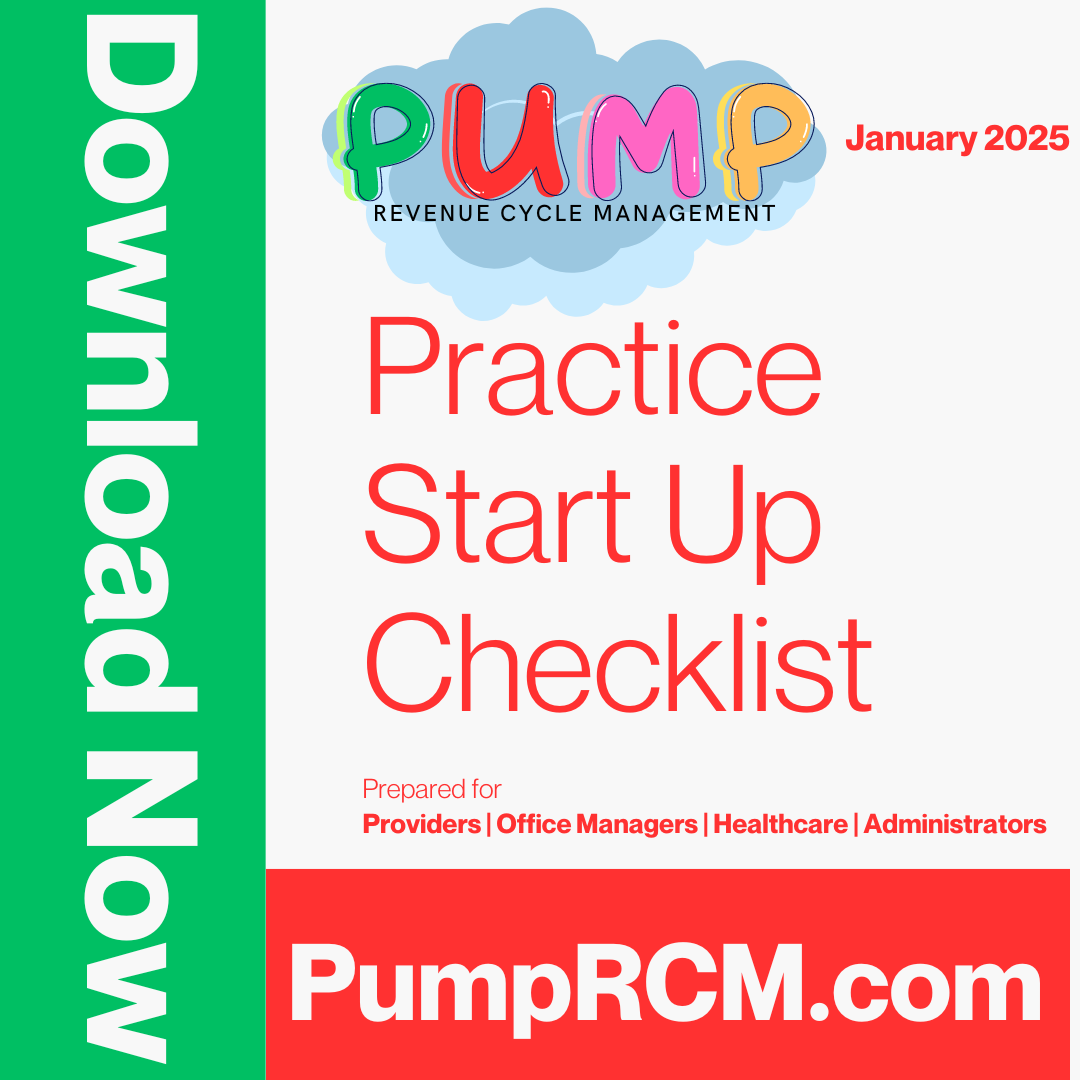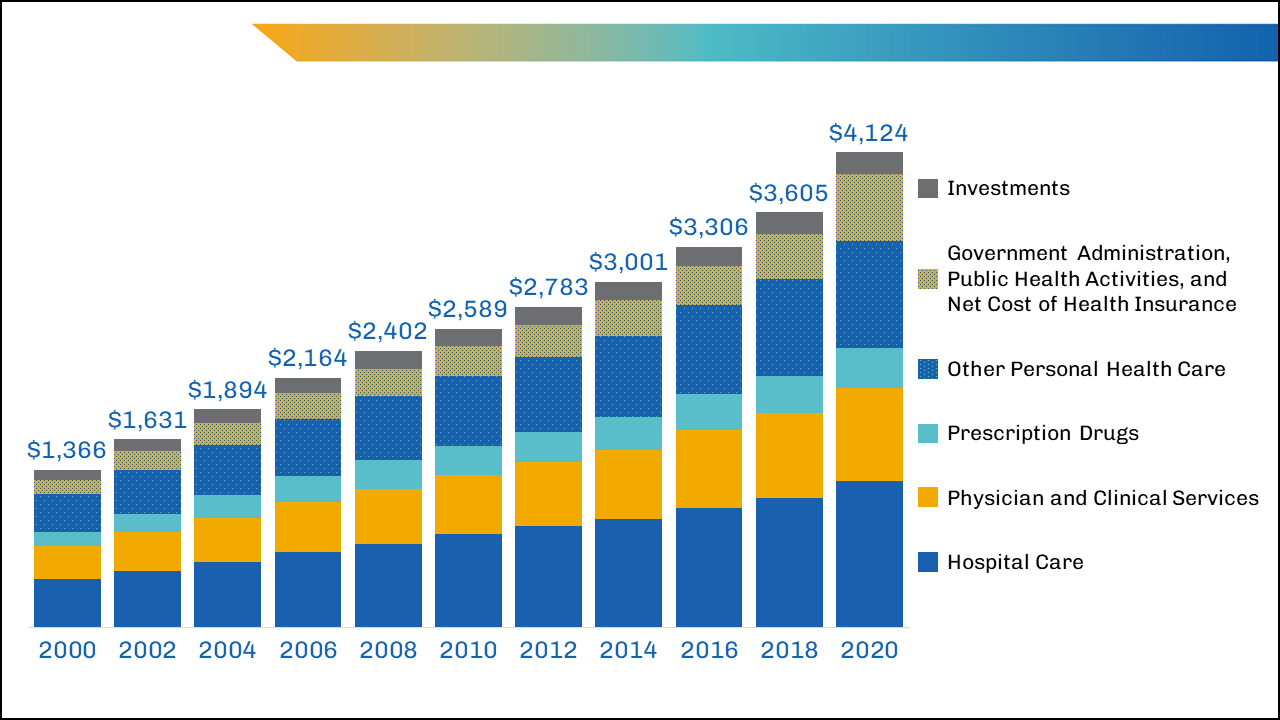The Value of Healthcare RCM in Enhancing Cash Flow and Effectiveness
A Comprehensive Overview on Just How Health Care RCM Works to Streamline Billing and Collections
Navigating the intricacies of healthcare profits cycle management (RCM) is crucial for companies intending to improve their invoicing and collections processes. The guide unboxes the details of RCM, from person enrollment to accounts receivable monitoring, offering insights into enhancing each action.
Understanding Revenue Cycle Monitoring
Comprehending the complexities of Revenue Cycle Monitoring (RCM) is crucial for healthcare organizations intending to enhance their monetary performance. RCM is an important administrative feature that encompasses the entire monetary process of patient treatment, from the initial consultation setting to the last settlement of the equilibrium. It is an intricate procedure created to recognize, accumulate, and manage the profits from the services offered to patients. Reliable RCM guarantees that doctor receive prompt and accurate payments, reducing the threat of income loss and boosting capital.
The RCM process starts when a patient schedules a consultation and prolongs with the individual's care trip, consisting of payment and collections. An essential purpose is to minimize the time between providing a service and obtaining repayment, thus enhancing the company's financial wellness. RCM includes different features such as individual registration, insurance confirmation, fee capture, coding, claims entry, payment uploading, and taking care of denials and appeals.
Secret Components of RCM
In the realm of Income Cycle Monitoring (RCM), recognizing its vital components is fundamental to attaining monetary performance within medical care organizations. RCM is a thorough procedure that encompasses numerous stages, each vital to making certain reliable invoicing and collections. The main components consist of person enrollment, insurance verification, fee capture, coding, claim entry, payment publishing, and balance due monitoring.


Once coded, claims are sent to payers, where accuracy is extremely important to avoid denials or hold-ups - Healthcare RCM. Payment uploading includes videotaping the obtained repayments, which allows for the reconciliation of accounts. Last but not least, balance dues administration concentrates on tracking and attending to unpaid cases, making certain timely follow-up and resolution
Each element of RCM is adjoined, and ineffectiveness in any kind of part can interfere with the whole cycle. For that reason, understanding these elements is essential for medical care carriers to optimize revenue and enhance their financial health and wellness.
Methods for Reliable Billing

Systematizing payment procedures across the organization is another vital approach. Developing clear standards for paperwork, coding, and entry assists keep consistency and compliance with regulative requirements. Educating personnel regularly on these procedures ensures everybody is updated with the most current changes in billing codes and payer policies.
Accurate fee capture is important in protecting against profits leakage. Executing routine audits and monitoring systems permits the recognition and correction of disparities before they influence income. Additionally, keeping open lines of communication with payers assists to rapidly solve any type of disagreements or misunderstandings that might arise.

Last but not least, engaging clients early in the billing process by offering clear quotes and academic products about their monetary responsibilities can substantially decrease confusion and enhance payment timeliness. These techniques collectively add to a much more monetarily healthy and balanced and efficient invoicing system.
Enhancing Collections Procedures
Provided the intricacies of medical payment and the range of payer requirements, boosting the collections process involves executing tactical measures that guarantee look at here now accurate and prompt payment of services provided. Automation tools can help in tracking case conditions, sending prompt reminders to individuals, and handling denials much more effectively.
Transparent and clear individual communications are important. Supplying in-depth explanations of costs and using adaptable payment strategies can increase person contentment and timely repayments.
Normal audits of the collections process ought to be conducted to recognize locations for enhancement and make certain compliance with guidelines. By assessing data, healthcare companies can recognize trends, expect possible issues, and adapt methods as necessary (Healthcare RCM). Eventually, a well-enhanced collections process not only supports economic health and wellness however likewise adds to a much more smooth experience for people and team alike
Optimizing Income Streams
Building upon the structure of a strong collections procedure, healthcare companies can further boost their financial stability by tactically maximizing revenue streams. This involves a multi-faceted method, starting with an extensive analysis of existing income sources to determine inadequacies and locations for development. Using sophisticated information analytics tools allows companies to acquire insights into payer mix, person demographics, and service use patterns, permitting data-driven decisions that improve earnings capture.
Implementing automated payment systems can considerably reduce errors and speed up claims refining, guaranteeing that revenue is gathered extra efficiently. Furthermore, maximizing payer contracts via routine negotiations can important source boost compensation rates and terms, directly affecting the lower line. Expanding service offerings, such as including telehealth or health care, can additionally attract a broader client base, thus raising revenue capacity.
Another essential part is enhancing individual involvement and complete satisfaction, as completely satisfied individuals are more likely to follow treatment plans and make prompt settlements. Using flexible payment choices and clear invoicing methods can enhance collections and foster individual loyalty. Healthcare RCM. By adopting these techniques, healthcare organizations can develop a more durable economic structure, making certain continual growth and security in an ever-changing market landscape
Verdict
Finally, healthcare Profits Cycle Monitoring (RCM) plays a vital function in maximizing invoicing and collections procedures by incorporating essential components such as client enrollment, insurance confirmation, charge capture, coding, asserts submission, and accounts receivable administration. By using advanced innovation, standardizing procedures, and promoting patient interaction, health care companies can considerably lower case denials, increase repayment cycles, and improve cash flow. This comprehensive technique to RCM inevitably leads to boosted monetary effectiveness and sustainability for health care companies.
The RCM process begins when a person routines a visit and extends via the individual's treatment trip, consisting of payment and collections.An additional crucial component is enhancing individual involvement and fulfillment, as pleased clients are extra likely to stick to treatment plans and make timely repayments. Supplying flexible repayment alternatives and transparent payment methods can enhance collections and foster client loyalty.In verdict, medical care Income Cycle Administration (RCM) plays a crucial duty in maximizing these details payment and collections procedures by integrating crucial components such as patient registration, insurance policy confirmation, fee capture, coding, declares entry, and accounts receivable management. By utilizing advanced technology, systematizing treatments, and promoting individual engagement, medical care service providers can considerably reduce case rejections, speed up repayment cycles, and boost cash money circulation.